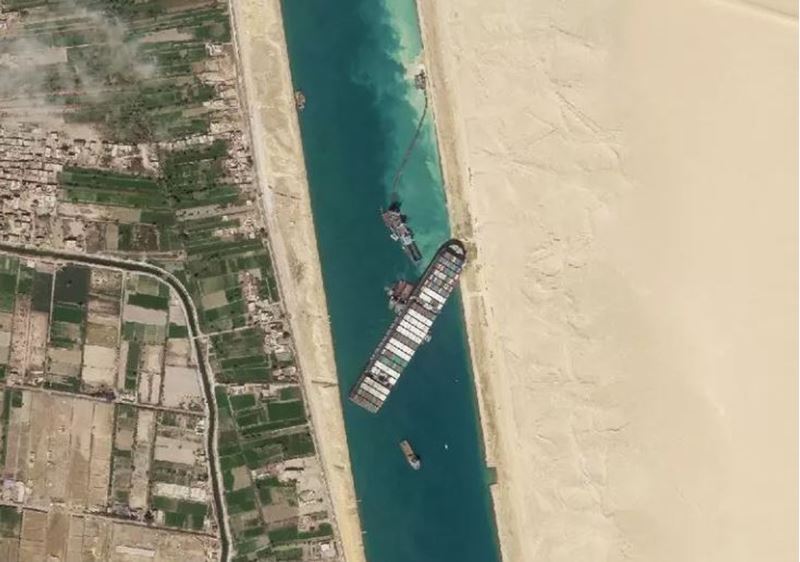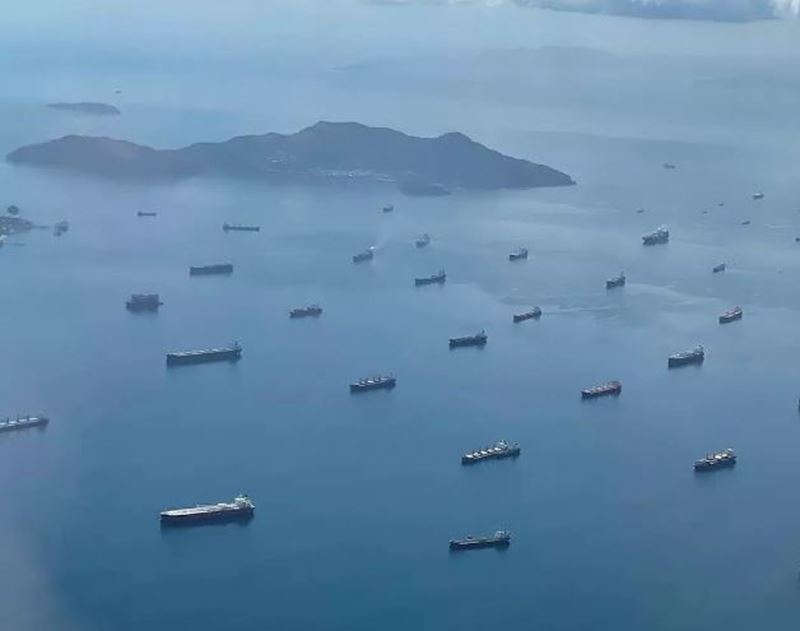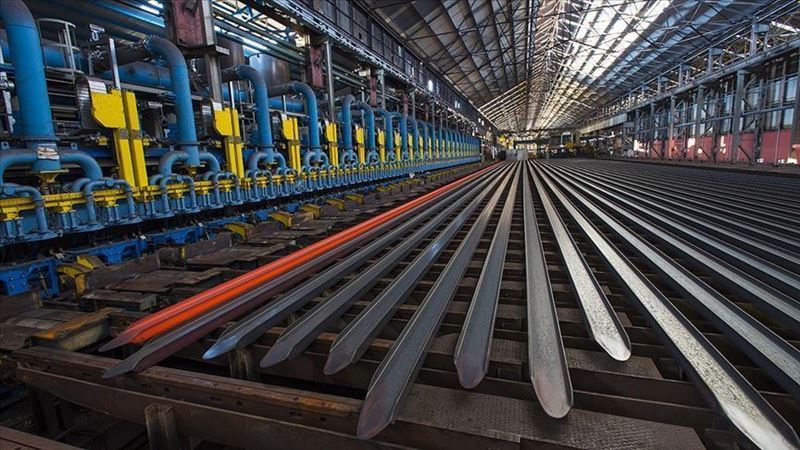Drought has been effective in the Panama Canal, one of the world's most important canals that accelerates maritime traffic by connecting the Atlantic Ocean to the Pacific Ocean.
Drought continues to be effective in extreme natural events seen with the climate crisis. While the decrease in the yields of agricultural products due to drought in the world is hit by basic needs on the one hand, the decrease in water levels also creates malfunctions in the systems at important transit points, straining the logistics and supply chain.
In the Panama Canal, where the water level dropped due to drought, more than 200 ships were on hold due to problems in the systems and traffic was created.
An unprecedented drought has hit the Panama Canal, restricting heavy cargoes and prolonging delays. The climate crisis, which the world has been talking about a lot lately and on which various new investments have been made, has started to show its effects negatively in the global trade market.
It has caused unprecedentedly long waiting times for freighters.
Ship flows to the US east coast from east to west have not yet been disrupted, but shippers are facing increasing challenges and anxiety is growing.
The Canal Authority has reduced ship transits from an average of 36 per day to 32, while the limitation on the 80-kilometer waterway comes as the water level drops due to a decrease in rainfall.
The problem in the Panama Canal, one of the most widely used trade routes in the world, has led to the search for alternative routes, while in recent years a ship got stuck in the canal, causing problems in world trade.
Experts say that if the rains do not increase, ship passage may become more restricted.
Restrictions in the canal, which is the transit route for 6 percent of world trade, may cause delays in supply and lead to a rise in prices.










Comments
No comment yet.